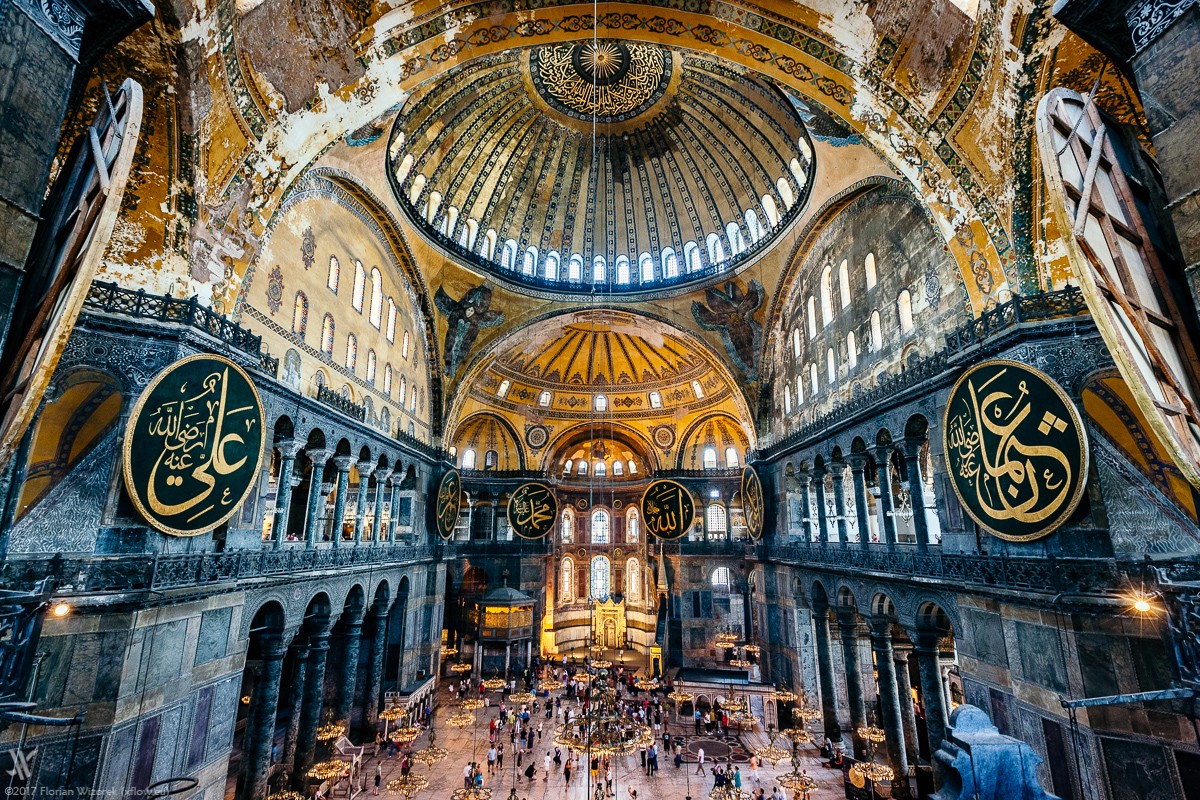
On Friday, Turkey’s highest court allowed for the conversion of the nearly 1,500-year-old Hagia Sophia from a museum into a mosque. This is a World Heritage Site, listed by the UNESCO, and was converted into a museum in the 1930s, by Mustafa Kemal Ataturk, the founder of the Republic of Turkey. Shortly after the court order, Hagia Sophia’s verified social media pages that had referred to the structure as a “museum” were taken down.
Hagia Sophia was originally a built as a cathedral church in Constantinople (today’s Istanbul) by the Byzantine empire but became a mosque in 1453 post the fall of the empire in a war against Sultan Mehmet II’s Ottoman forces.
Turkish President Recep Tayyip Erdogan declared the mosque open for worshiping Friday, hours after a high court annulled a 1934 decision that had turned it into a museum.
Hayırlı olsun. pic.twitter.com/MzP6nzn9Jc
— Recep Tayyip Erdoğan (@RTErdogan) July 10, 2020
This has been met with mixed responses worldwide, as many see this as the rise of an Islamic Turkey again. There has been a widespread backlash against this move by Turkey, including opposition from the UNESCO. There is also a possibility that it may lose its UNESCO Heritage tag due to this move. Throughout history, the monument has been claimed and debated over and over among religious sects, something which continues till this date. This also raised questions about the secular status of Turkey following this verdict.
Hagia Sophia isn’t the first to be converted from one religion to another. A mosque in Cordoba, Spain, was converted to a cathedral. It was built at the city’s heart, after the region’s conquest in the 13th Century.




